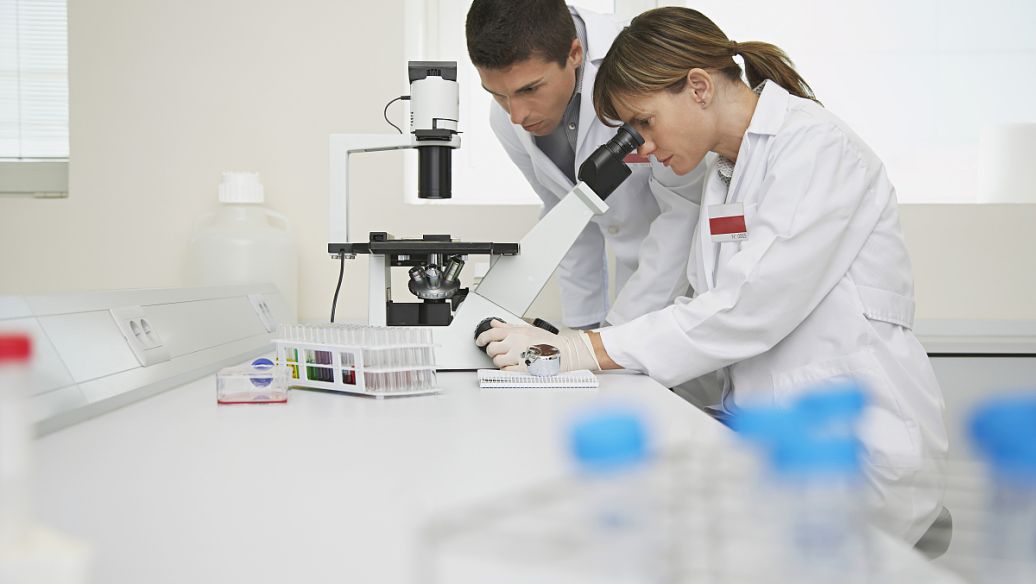环境监测-水监测

Water is a widely used substance, raw material, or ingredient in the production, processing, and formulation of many pharmaceutical products. Control of the microbial quality of water is of great importance in the pharmaceutical manufacturing facility since it may be used for formulating product, as well as for various washing and rinsing processes. Once a water system is validated and shown to be in a state of control, appropriate samples should be taken from the holding and distribution system to assess the microbiological quality of the water for its intended use. As pointed out in other sections of this report, there are many considerations in establishing an appropriate site for sampling (e.g., facility design, line configurations, validation data, process, historical data, test methodology, etc.). For additional information, see the Appendix C.
水是一种广泛使用的产品物质,原料或配料,用于许多药品的加工和配方。对水的微生物质量控制对制药生产设施至关重要,因为它可用于制备产品,也用于各种清洗和冲洗过程。水系统进行验证,并证明处于控制状态时,应从维持和分配系统获取适当样品,以评估水中的微生物质量是否符合预定用途。正如本报告的其他章节所述,建立取样的适当位置有诸多考虑(例如,设施的设计,线路配置,验证数据,工艺,历史数据,测试方法等)。其他信息请参阅附录C
In the United States, the source or feed water should meet the requirements of the National Primary Drinking Water Regulations (NPDWR) (40 CFR 141) issued by the Environmental Protection Agency (EPA). There is a corresponding EU drinking water standard. These requirements ensure the absence of coliforms.
在美国,供给水源应符合环境保护局(EPA)发布的国家主要饮用水条例(NPDWR)(40 CFR141)的要求。有相应的欧盟饮用水标准。这些规定确保不存在大肠菌群。
Note: the plate count methodologies described below were obtained from the Standard Methods for the Examination of Water and Wastewater, 19th edition.
注:下述平板计数法根据水和废水的标准方法获得,第19版。
It is recognized, however, that other combinations of media, time, and temperature of incubation can be appropriate. Recommended methodologies from "Water for Pharmaceutical Purposes" general information chapter <1231> of USP 24 are described below.
然而培养的培养基,时间和温度的其他结合可能也适用。美国药典24中“制药用水”总说明信息“1231” 推荐的方法如下。
Drinking Water (City Water and Potable Water)
饮用水(城市用水和自来水)
Residual chlorine in the potable water needs to be neutralized with sodium thiosulfate.
饮用水中余氯需与硫代硫酸钠中和。
Sampling - Collect samples in a manner consistent with manufacturing practices. For example, if use points are routinely flushed prior to use, it is appropriate for samples to be collected with the same flush cycle. On the other hand, if use points are not normally flushed, there should be no flush prior to sample collection. It is also recommended to sample through hoses and not directly from the tap if manufacturing practices require the use of hoses. Do not sample from leaking taps (leaking taps should be repaired prior to use for processing and testing). Carefully choose distribution system sample locations to demonstrate microbiological quality throughout the distribution system. Start microbiological examination of water promptly after collection. If immediate processing is not possible, refrigerate samples at 2° - 8°C upon receipt in the laboratory. Time elapsing between collection and examination generally should not exceed 24 hours.
取样-按照生产规范收集样品。例如,如果使用点在使用前进行冲洗,样品应通过相同的冲洗周期收集。另一方面,如果使用点未正常冲洗,样品收集前不需冲洗。如果生产规范要求使用软管,建议从软管处进行取样,而不是直接从水龙头收集。不要从漏水的水龙头取样(生产和测试前漏水的水龙头应修理好)。仔细选择分配系统取样位置,以整个分配系统的微生物质量。收集后立即进行水的微生物检验。如果不能立即处理,接收后将样品冷藏于实验室2° - 8°C温度下。收集和检查之间的时间一般不超过24小时。
Similarly, purified water and water for injection systems should be monitored at sufficient points and with sufficient frequency to ensure appropriate microbiological quality is maintained throughout the system and at all points of use.
同样,应在足够的位置以足够的频率监测纯净水和注射用水系统,以确保整个系统和所有使用点的微生物质量适合。
文章来源:药品微生物检测
本网站刊载的所有内容,包括文字、图片、音频、视频、软件等,如非标注为“原创”,则相关版权归原作者所有,如原作者不愿意在本网站刊登相关内容,请及时通知本站,我们将第一时间予以删除。
